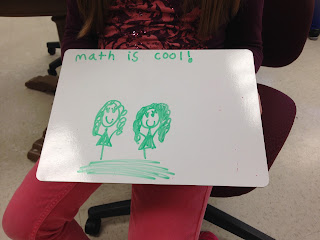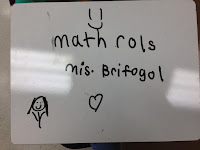Oh, how I love the dollar store! This trip was not only cheap (well cheaper than Target), but it saved me a ton of room! Last year, our district decided to take a different route with their summer school program. They let the summer school teachers dig through all of the treasures that weren't being used anymore. Being a world class hoarder, I scooped up a ton of great math materials.
My favorite find was a big stack of checkers games. I have mulling over ideas for using checkers games in math stations, so I thought this was meant to be...that is until I had to find a place to store this pile of treasure.
Enter Dollar Tree! On one spree I took some time to really explore the game isle. They have a ton of stuff! I found several different versions of checkers and snakes and ladders there. The best part it that they were much smaller and easier to store than the ones I had.




Some of them were even magnetic. I chose sets that were magnetic and came in a zipper seal storage bag. They only take up about as much space as a file folder. Bonus!


At long last, I pulled out my Sharpies! In the past, I made checkers games with basic facts written on the squares. Students solves the fact before they were allowed to move a piece to that square.
That was fun and provided some fact practice, but I wanted to turn it up a notch from a DOK 1 to a DOK 2. I also wanted to make the games work across multiple grade levels and skills.

On the checkers games, I wrote numbers on the squares. Rather than giving my students the problem, I am giving them the answer.
Problem Types to Ask For:
-Addition or Subtraction
-Multiplication or Division
-Addition with more than 2 addends
-Problem using more than two operations
-What coins could you use to make target number
-Use fractions as your target numbers on the board
-Make an algebraic equation
I bought a few sets of snakes and ladders, too.
Since the game board already has numbers on it, I just used my trusty Sharpie to add some directions on how to use the number on the square. I am totally going to make one of these to have students practice multiplying whole numbers by fractions and elapsed time. Picture this: on the 19 square, what time is 19 minutes after 2:45?

Do you have any ideas on how to remaster board games? Please share them in the comments below.






































